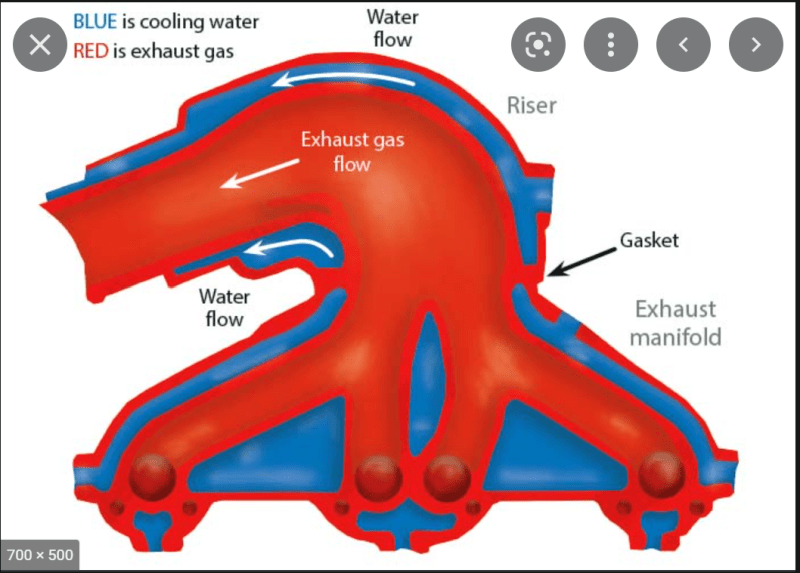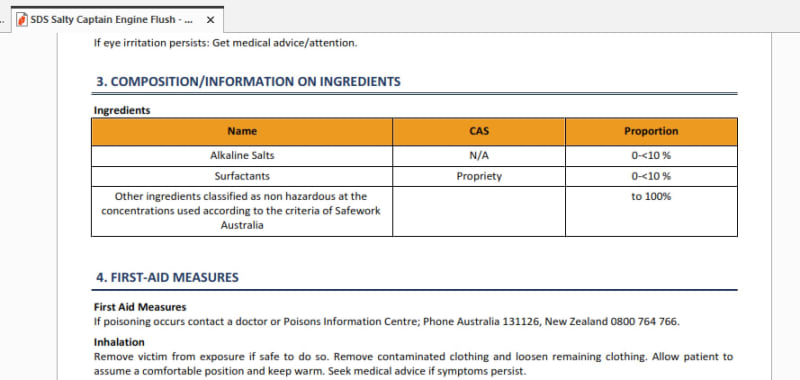Insp.Gdgt
Mechanical
- Mar 20, 2021
- 5
This may have been answered before. But I can't see any direct posts about it.
I have a mercruiser 3.0L (4 Cylinder) inboard marine engine with a sterndrive. I am told that as the vessel is used in salt water that the manifolds and risers typically require replacement every 2-3 years at a cost of about $2000 AUD each time (labour included). It seems ludicrous.
I have seen a manufacturer claiming that they can make custom stainless ones from 304L stainless with a 1 inch Zinc annode that have a warranty of 10 years for around $3000 AUD.
Considering the consequence of failure is often water ingress through the exhaust valves, causing engine failure I hope that someone has a thought on a solution.
I would have thought that a 300 series stainless would suffer from SCC and ultimately fail without warning also.
The marine mechanic simply says. If there was a good solution Mercruiser would have implemented it and therefore his advice is to keep it original and pay the $2000 every second year.
I am wondering whether an annode in the carbon steel mercruiser manifold would help or a custom set of duplex headers with an annode would be a better thing?
Cheers,
Aaron
I have a mercruiser 3.0L (4 Cylinder) inboard marine engine with a sterndrive. I am told that as the vessel is used in salt water that the manifolds and risers typically require replacement every 2-3 years at a cost of about $2000 AUD each time (labour included). It seems ludicrous.
I have seen a manufacturer claiming that they can make custom stainless ones from 304L stainless with a 1 inch Zinc annode that have a warranty of 10 years for around $3000 AUD.
Considering the consequence of failure is often water ingress through the exhaust valves, causing engine failure I hope that someone has a thought on a solution.
I would have thought that a 300 series stainless would suffer from SCC and ultimately fail without warning also.
The marine mechanic simply says. If there was a good solution Mercruiser would have implemented it and therefore his advice is to keep it original and pay the $2000 every second year.
I am wondering whether an annode in the carbon steel mercruiser manifold would help or a custom set of duplex headers with an annode would be a better thing?
Cheers,
Aaron


